Friday Digital Roundup
The Friday Digital Roundup is a witty take on the weird world of the internet. With fun stories from around the globe, it’s the only email newsletter you’ll actually read and enjoy!
We do love writing it, but clearly not as much as people like receiving it - just look at the response we got when a technical hitch meant it wasn’t sent out on time!
@Spaghetti_Jo
Coffee and the FDR is how I start my Friday.
Do not engage until I have devoured both
When it comes to the end of the week, there is no better way to start a Friday than with a run around the internet with Todd and Jo in the FDR. Just don't let them know I do it from the loo!
@Spaghetti_Jo
My inbox is full of rubbish newsletters that Im constantly deleting😬 My VIP inbox is for 1 thing only- THE DIGITAL ROUNDUP🤠I dont read a Newspaper or the news online, I just wait for Fridays, when this lands in my inbox- then I know ‘The weekend has landed’🤗
Get the Friday Digital Roundup and see what everyone’s talking about.
We may look like cowboys, but we’ll never abuse your data! Find out what we’ll do with it here, partner.
Spaghetti Blog
Design for Business – Part 2: Getting the Best Out of Your Design Partner
Earlier this week we learnt how good design can boost your business from our guest poster, Michelle Abrahall.
This is a series of four blogs and now we’re going to find out from Michelle how to get the most out of your design partner. Making design work for your business and brand is incredibly important and good brand recognition is priceless.
Getting your brand positioning right is key and we’re very grateful to Michelle for her insights.
So, over to you once again, Michelle…
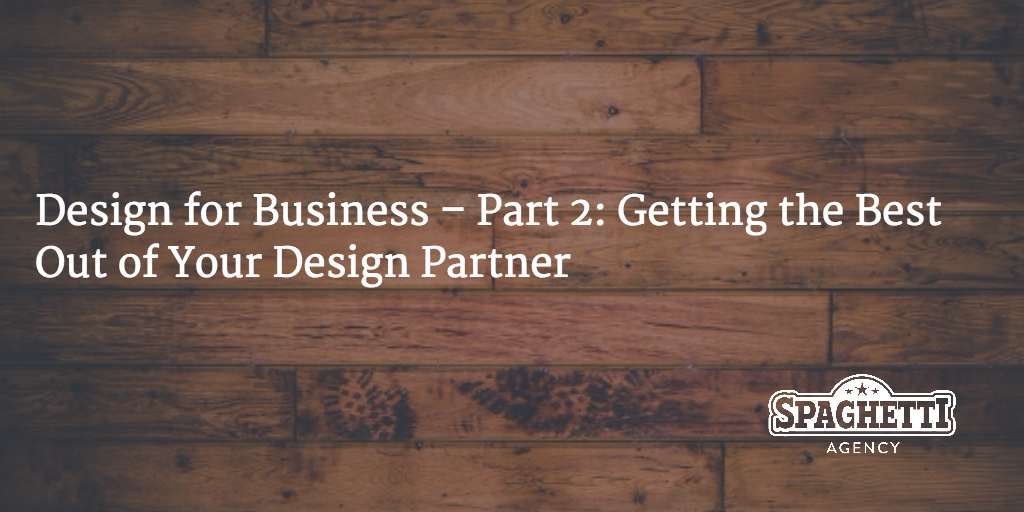
Design for Business – Part 2: Getting the Best Out of Your Design Partner
Finding a designer that you can work with, and whose work suits your business personality, can be tricky. As with most business services, asking around your network for referrals is the best starting point.
Consider how important location is to you – some companies prefer to work with someone local so they can get together face to face to hash out an idea. Others find that they can have very successful long-distance relationships via email, phone and video calls.
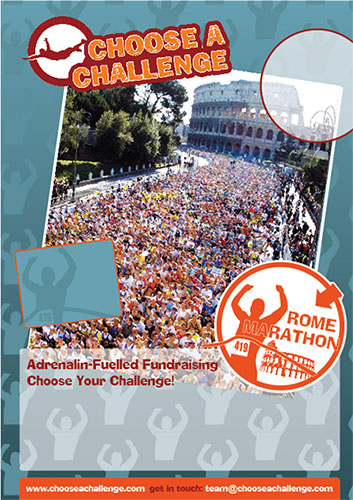
It’s also worth noting that, unlike slankets, there is no ‘one size fits all’ when it comes to hiring a designer. You might need to hire different designers for your logo, web design or one-off projects. You might find one person that does it all.
The important thing is communication. You wouldn’t assume your hairdresser also does manicures, so ask your designer what services they offer. If there’s something they don’t specialise in, they’ll most likely be able to recommend someone who does.
Once you’ve found your design partner/s, the most important thing to get right is the brief.
My dream client would consider the following points before giving me a brief for their project
Specifications of the job
I.e. format, size and quantity. One website – how many pages? Three poster designs – what print size? Promotional flyer – single or double sided? You get the idea.
Budget
Are you paying by the hour or do you want them to quote for the project as a whole? How tight is it (the budget, not the client, though these can be the same thing!) Is there any leeway if things take longer than expected?
Deadline
When is the job needed by? If it’s a print job, have you factored in production time? Are there other parties involved who could affect the deadline (e.g. a website developer or copywriter)?
Details on how the project will be signed off
How is feedback managed – if it’s a large project you’ll probably want regular progress updates. Do you want face-to-face meetings along the way? Is there more than one person responsible for the final sign off?
It sounds like overkill, but these are all important elements of a brief and will help your designer to give an accurate estimate of time and cost, and limit the likelihood of any nasty surprises!
One final thing to note…
If your business already has its branding in place and you’re hiring a new designer for an additional project, make sure they have all the files they need from you. Believe me, this will save you time in the long run. They will need:
- Hi-res version of your logo (or, even better, the original artwork file)
- Names of any fonts used – if they’re non-standard, send the font files (it can take hours to correctly identify and source the right fonts if the client doesn’t know the name)
- Colour references of the logo and any branding (i.e. the CMYK/RGB values or Pantone references)
- Hi-res files of any photography or images that you want them to use.
If you keep all of the above in mind your designer will be your new best friend and any future projects will go a lot more smoothly.
In part three of this series we’ll look at the differences between designing for web and designing for print.
If you have any questions I’d be delighted to answer them in the comments below.
Tags associated with this article
Post a comment
We'd love to know what you think - please leave a comment!
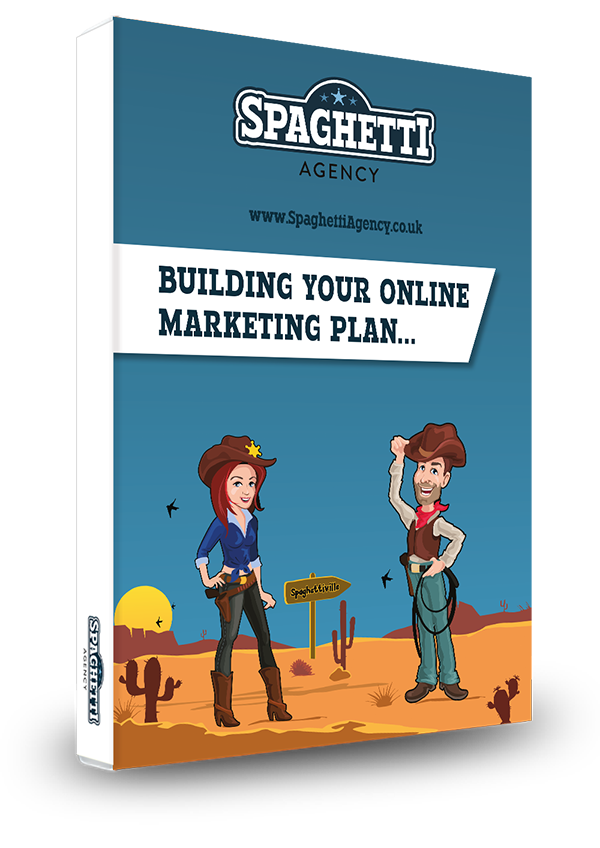
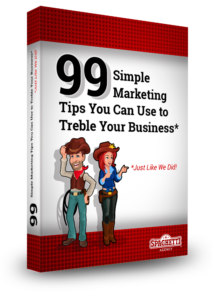
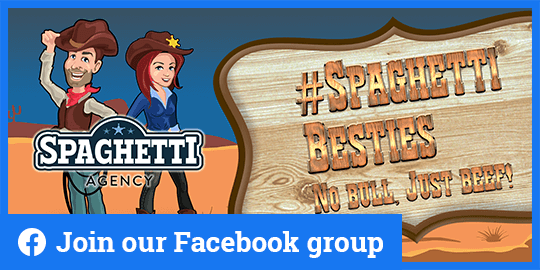



0 comments on this article